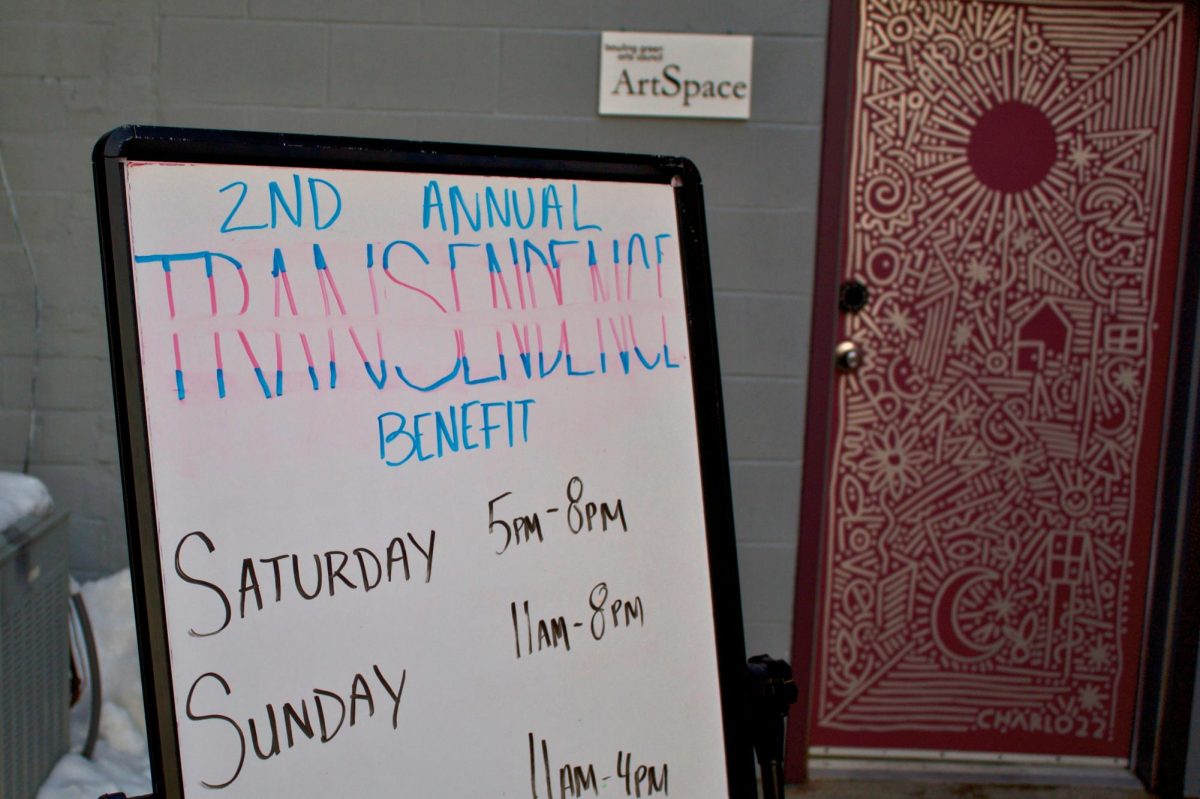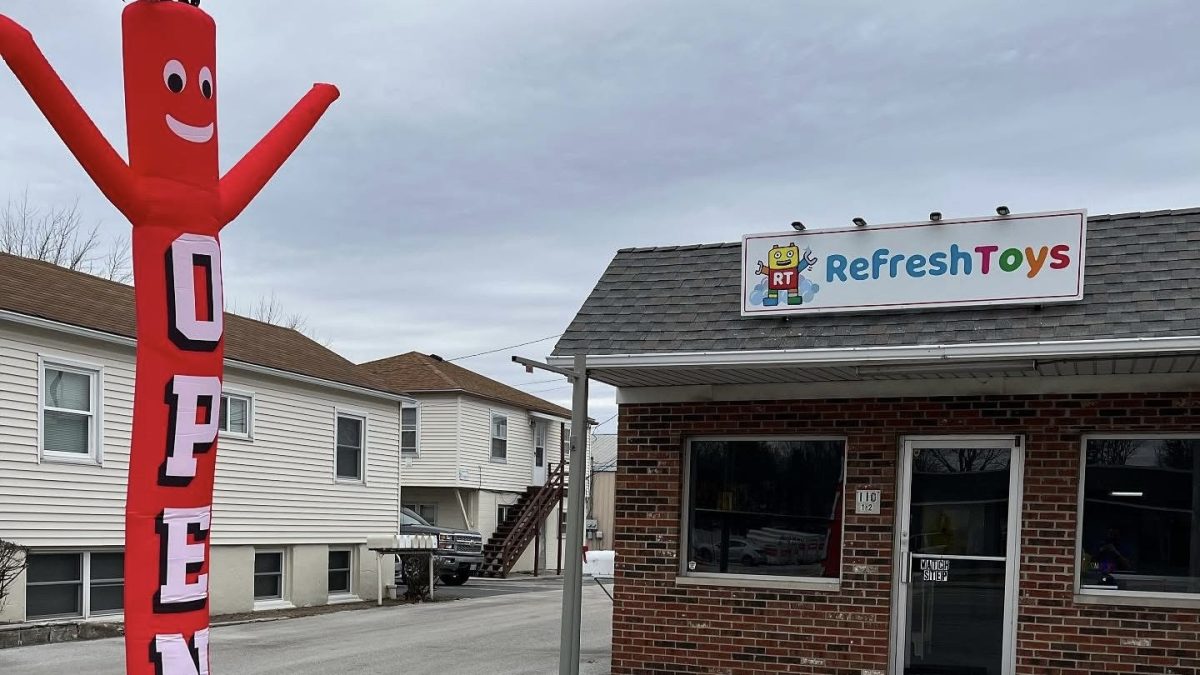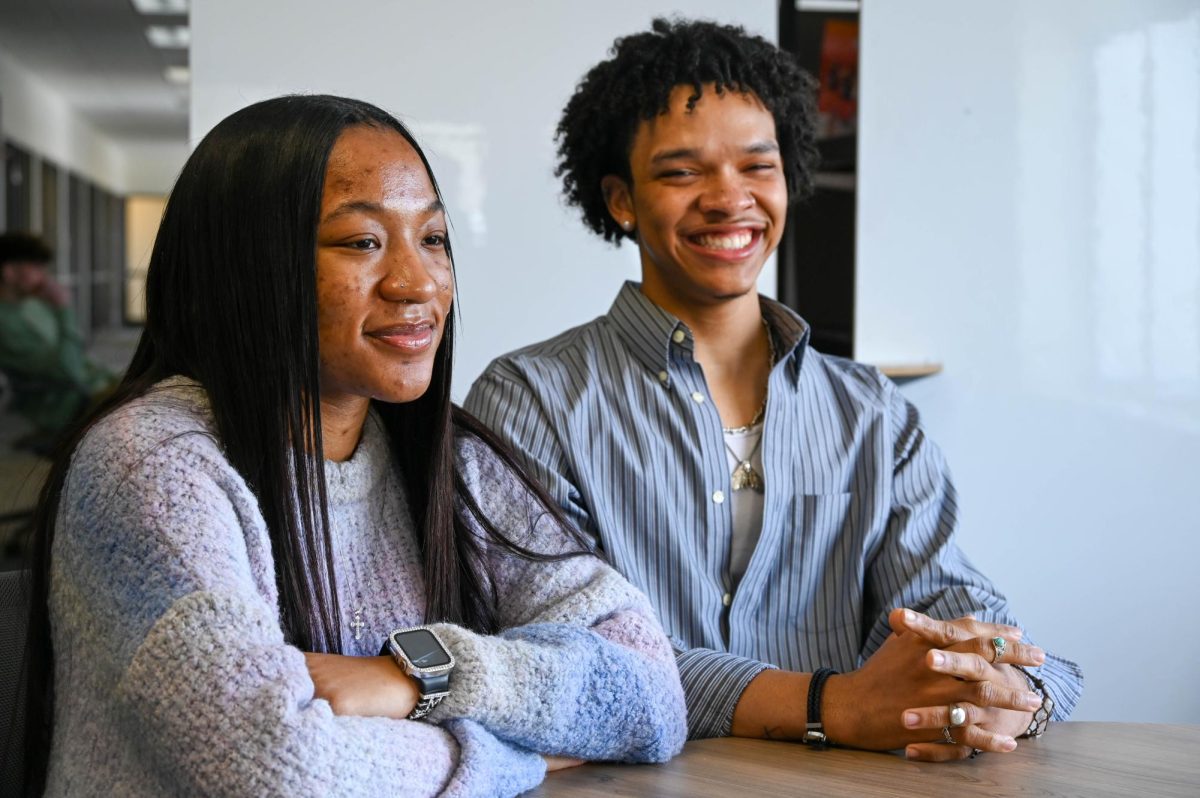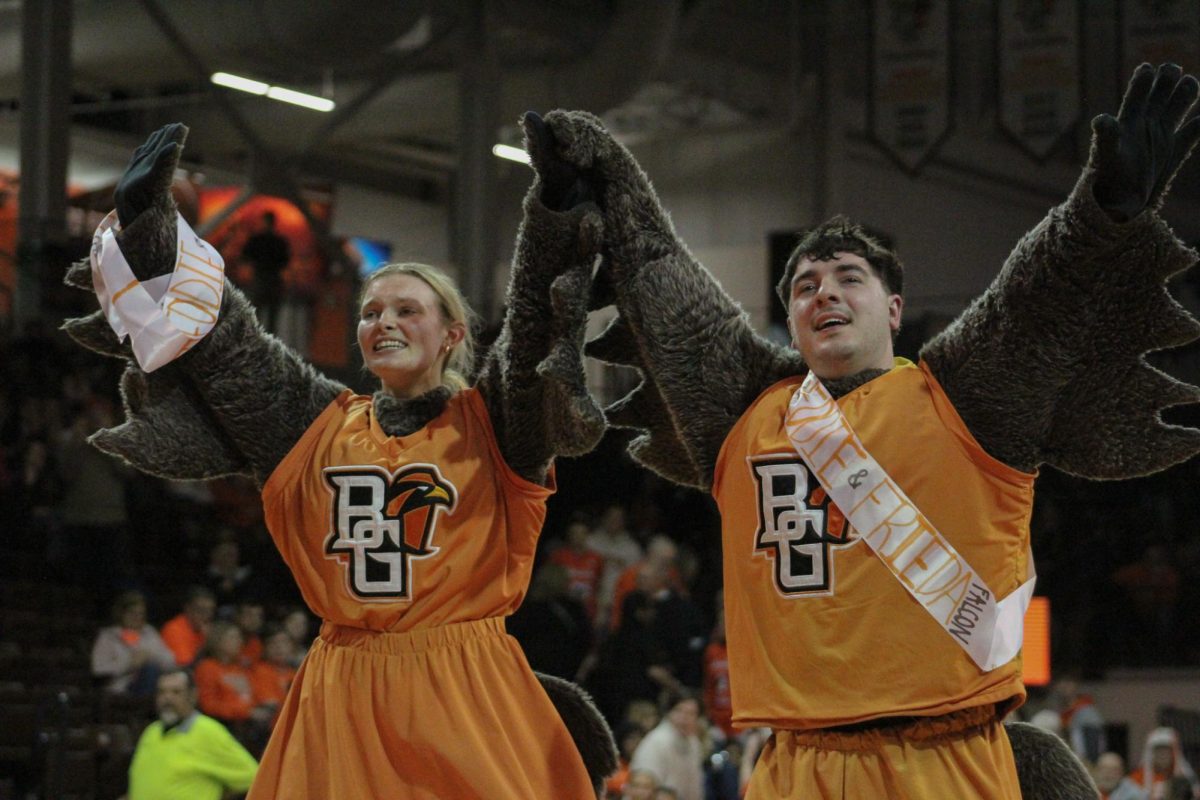One of the initial points Faculty Senate Chair Alex Rogel brought up at Tuesday’s meeting was House Bill 48, which would allow for concealed carry on college campuses.
The bill allows for universities to permit or deny concealed carry on their specific campuses, prompting the creation of a committee to discuss what the senate’s response to the bill would be if it passes. Rogel said the committee was chosen over having a discussion and a vote because “we anticipate considerable interest in this” and invited members to volunteer for the committee.
During his address to the senate, Provost Rodney Rogers said that fall to spring retention for the fall 2015 cohort is about 1.5 percent behind where the numbers were last year. Roughly 90 percent of students are continuing at the University for the spring semester, compared to 91.5 percent last year.
However, University President Mary Ellen Mazey said in her address that paid housing, a good indicator of enrollment, is 21 percent ahead of last year. She said 1,144 incoming students have already paid for their housing for the next school year.
Mazey said some possible reasons for this are scholarship letters going out earlier, recruitment strategies and advertising. She also credited the increase to the creation of new majors, such as the forensic science program.
Two years ago, the program had zero students enrolled, Mazey said. Today, there are 200 students.
“There is really not another forensic science program that is as prominent,” she said. “That program in itself has been very beneficial to our undergraduate recruitment.”
Mazey also commended the efforts of Undergraduate Student Government President Victor Senn and Director of the Office of Multicultural Affairs Emily Monago, among others, for the work done to promote diversity and inclusion at the University, in light of recent racial tensions at some college campuses.
Mazey said she was proud of what had been accomplished so far, but acknowledged that “there’s always more that we can do.”
The senate voted unanimously to endorse a proposal to rename and restructure the Office of Service Learning to the Center for Community and Civic Engagement.
Jane Rosser, director of Service Learning, said the cause for the change came from the idea that “centers really are a way we signal to our external community that this is an area of commitment.”
There was a thought of “How can we more effectively connect people and engage our students?” Rosser said. “It’s hard to get people invested in ‘office.’”
In preparation of a transition to a new Faculty Athletics Representative, the current FAR, Lee Meserve, gave a presentation of what the position entails.
Meserve said there were two duties the FAR had. First, to “ensure that student athlete welfare is maintained” and second, to help maintain institutional control.
For the first duty, Meserve said the faculty athletics subcommittee is “the primary interface between the student-athlete and the experience they’re having on campus.”
The second duty involves focusing on the student aspect and observing behavior, such as clustering in certain majors, and determining if this is positive or negative.
Meserve said the transition process has begun, though there is no set date for the switch to a new FAR.
“There will be a new faculty athletics representative on campus sometime in the not necessarily immediate future, but sooner rather than later,” he said.
Meserve said he has enjoyed his time as FAR, working with student-athletes who are “so driven and so committed and so enthusiastic and so freaking young.”
Faculty members were also encouraged to fill out a survey to self-report disabilities, which would be used to report the number of University employees with disabilities to the Office of Federal Contract Compliance Programs.













